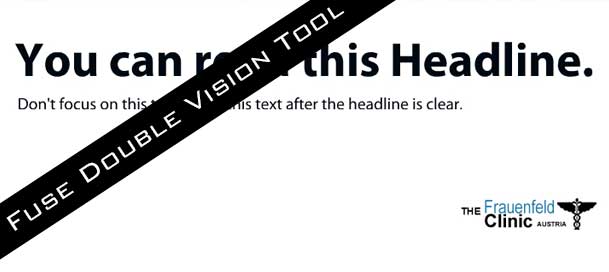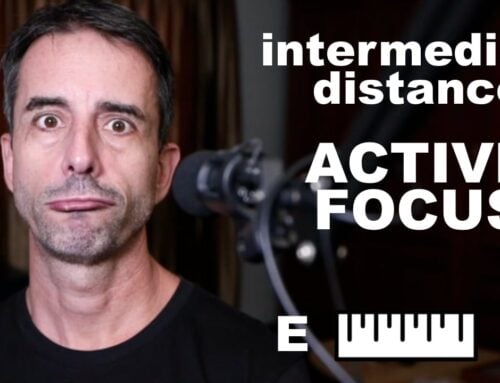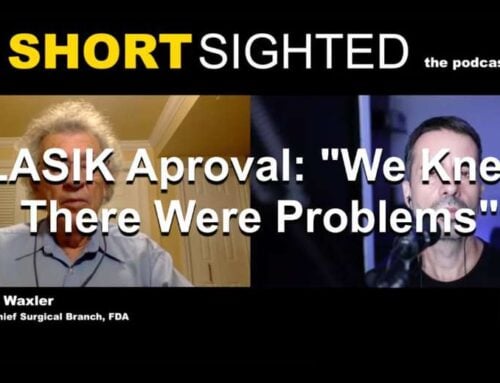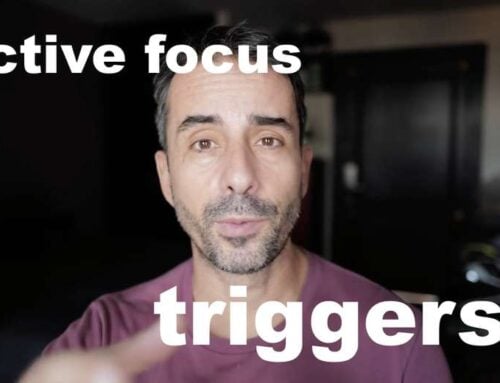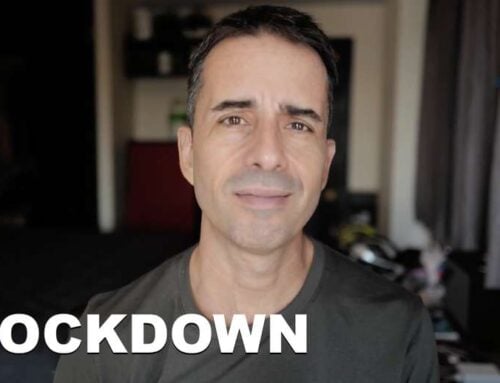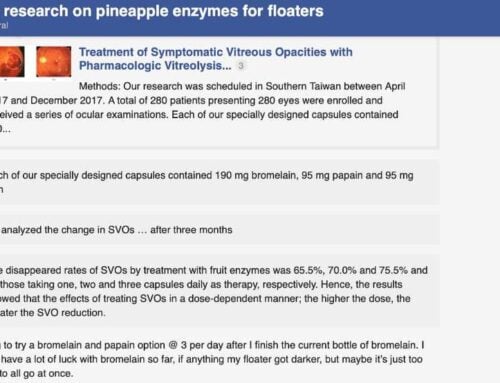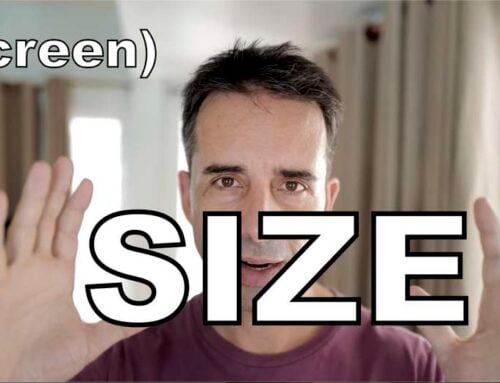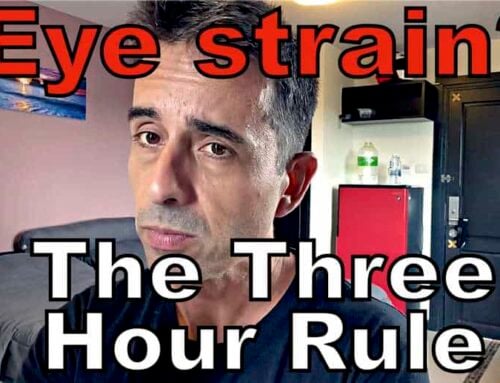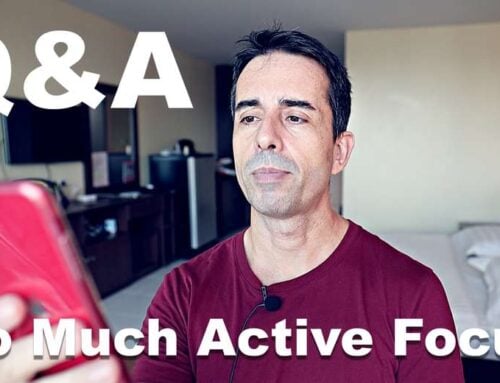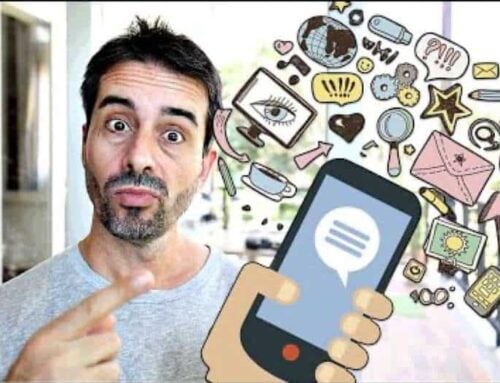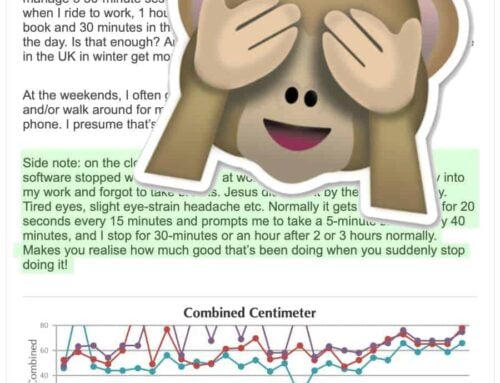Some of the blog posts assume that you have an understanding of the #endmyopia Method, and ideally maybe even participated in the Vision Improvement Course. This is one of those articles.
I have not yet come up with a good way to identify these ‘previous knowledge necessary’ articles. It is on the list though, for the next creative moment.
Recently we talked about double vision vs. blur, in this article.
It created quite a bit of inquisitive e-mail, and a small forum thread, that addressed the most common question I received from the article.
The 60s Installments really are significant, once you have made it through all the basics. When you have your prescription needs correctly assessed, strain under control, habits created for long term improvement, those advanced installments can really help to maximize your improvement potential.
Liam posts an excellent observation on the subject, in the forum:
![]() I found that if I “calibrated” my vision in the morning by pull focusing or doing the double vision exercise (http://1.frauenfeldclinic.com/wp-content/uploads/2013/06/refocus-double-vision-frauenfeld.jpg), when night time came I could do the same pull focusing exercises, but at night. It takes a lot longer and can get frustrating but as long as I concentrated on recognising double vision, and concentrating on what I can see instead of what I can’t, the world at night starts to clear.
I found that if I “calibrated” my vision in the morning by pull focusing or doing the double vision exercise (http://1.frauenfeldclinic.com/wp-content/uploads/2013/06/refocus-double-vision-frauenfeld.jpg), when night time came I could do the same pull focusing exercises, but at night. It takes a lot longer and can get frustrating but as long as I concentrated on recognising double vision, and concentrating on what I can see instead of what I can’t, the world at night starts to clear.
Walking on the high street is quite interesting now. The backlit signs are super clear and almost jump out at me. If I find myself “losing calibration” at night, I find a brightly sign and re-gain calibration that way.
** Full thread is here: https://endmyopia.org/myopia-forums/topic/december-progress/
His point is very valid, and would be a good addition to your morning habits, if you have made it to the level of double vision experiences.
Your morning does tend to define how you do throughout the day.
Of course maintaining good distance from your computer screen, not allowing yourself to hunch forward, getting breaks, being aware of strain are most important. But if you start with a bit of calibrating, both by pushing focus to establish your maximum distance, and clearing double vision images, you are giving your eyes and brain that bit of stimulus for the best possible starting point.
It is these small things, done persistently, getting the discipline to require participation from your eyesight, that produce long term results.
All of these things are the exact opposite of your pre-rehab eye use.
Before, you would strain your eyes, without even realizing, and then compensate for their lack of focus with a strong prescription. First strain, and then giving your eyes a pass on having to perform. Of course this is the recipe for progressive myopia.
Instead here, with activities like Liam’s observation, we do the opposite.
You start by requiring your eyes to perform at their best, and then you treat your vision with care throughout the day. Avoiding eye strain, keeping maximum distance, and only providing the minimum amount of correction needed. Low strain, and positive stimulus.
I want all of you, reading these posts, to become part of this list of feedback. And thanks to Liam, we have another good little habit you might add to your day.
Enjoy!

